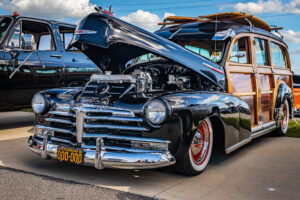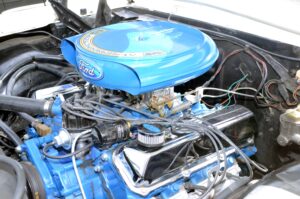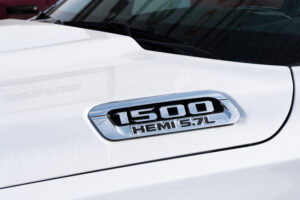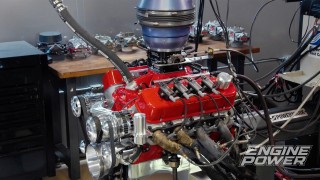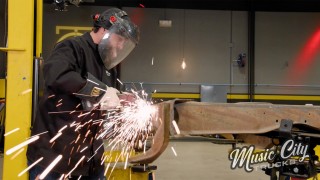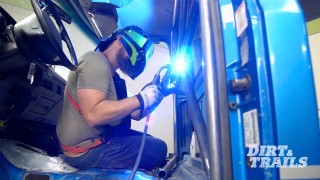A Journey Through the History of Hot Rodding: Part 2
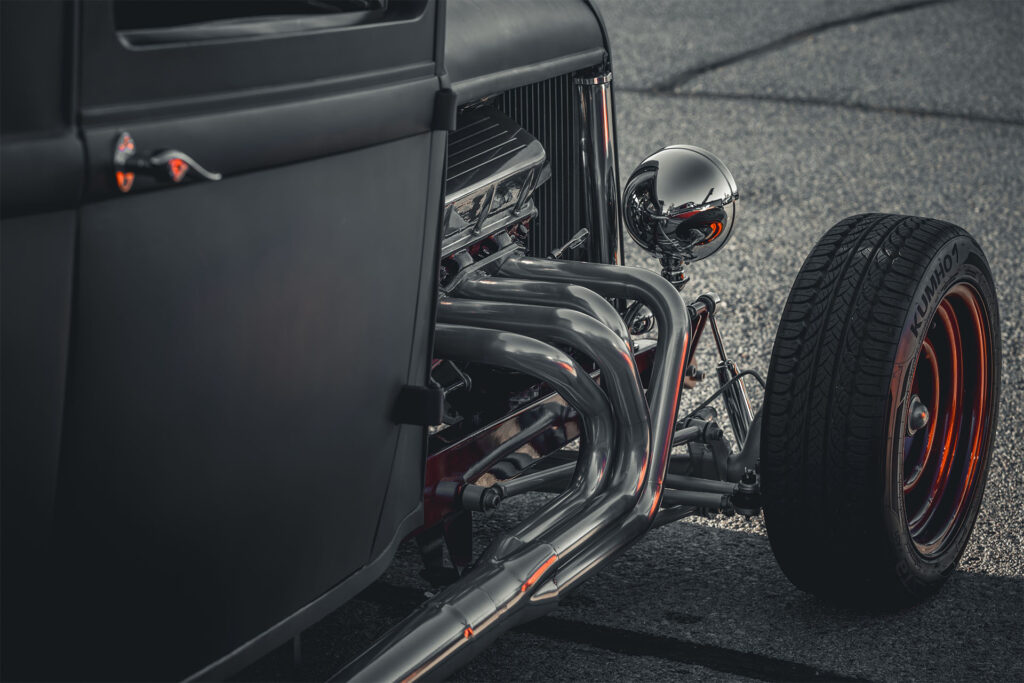
Table of Contents
The Rise of Muscle Cars and Mainstream Appeal
The 1960s and 1970s were the heyday of muscle cars, with Detroit pumping out big-block, high-horsepower beasts that redefined American roads. While muscle cars were factory-built for speed, hot rodders were always on the cutting edge, modifying their engines, suspensions, and exhausts for even more power. These iconic cars represented a mainstream appeal that further solidified hot rodding as part of American culture.
While muscle cars brought high-performance vehicles to the average driver, hot rodders continued to innovate, pushing the boundaries of performance with aftermarket parts and custom builds. Companies began producing performance parts specifically for hot rodders, turning what was once a DIY movement into a thriving industry.
Emissions Regulations and the Challenge of the 1970s
In the late 1960s and 1970s, the federal government enacted emissions regulations that posed a challenge to the hot rodding community. Gasoline shortages and the establishment of the Environmental Protection Agency (EPA) introduced new restrictions, meaning tuners and gearheads had to navigate these changes to stay on the road legally.
Yet, hot rodders adapted, as they always do. New technologies emerged to meet emission standards while maintaining performance, and the focus gradually shifted toward tuning and refining existing power. Despite regulatory hurdles, the 1970s marked a period of resilience and innovation, further embedding the spirit of hot rodding in American culture.
The Modern Era: Digital Power Meets Classic Passion
Today, hot rodding is an amalgamation of vintage vibes and cutting-edge technology. Modern builds can range from meticulously restored classics to high-tech “restomods” that integrate digital tuning, fuel injection, and turbocharging. With car shows, enthusiast networks, and online communities flourishing, the culture is more accessible and widespread than ever before.
Advancements in 3D printing, CNC machining, and accessible aftermarket parts have opened up new possibilities, enabling enthusiasts to build cars that push the boundaries of performance and design. Meanwhile, modern hot rodders continue to honor the legacy of the early pioneers by mixing old-school aesthetics with contemporary performance.
Hot Rodding’s Cultural Impact
From its rebellious origins to its influence on mainstream culture, hot rodding has left a lasting impact on the automotive world. It’s a testament to the power of passion, ingenuity, and the love of the open road. The hot rod community today is a diverse mix of people united by a shared appreciation for speed, style, and creativity. And as new generations pick up the torch, the spirit of hot rodding lives on—continuing to evolve while staying true to its roots.
This history not only celebrates the technical progress in hot rodding but also highlights the movement’s lasting impact on car culture today. The journey from salt flats to sophisticated garages symbolizes a deeply American tradition of engineering, community, and self-expression.



